Zhejiang-made dress puts manufacturing base in spotlight
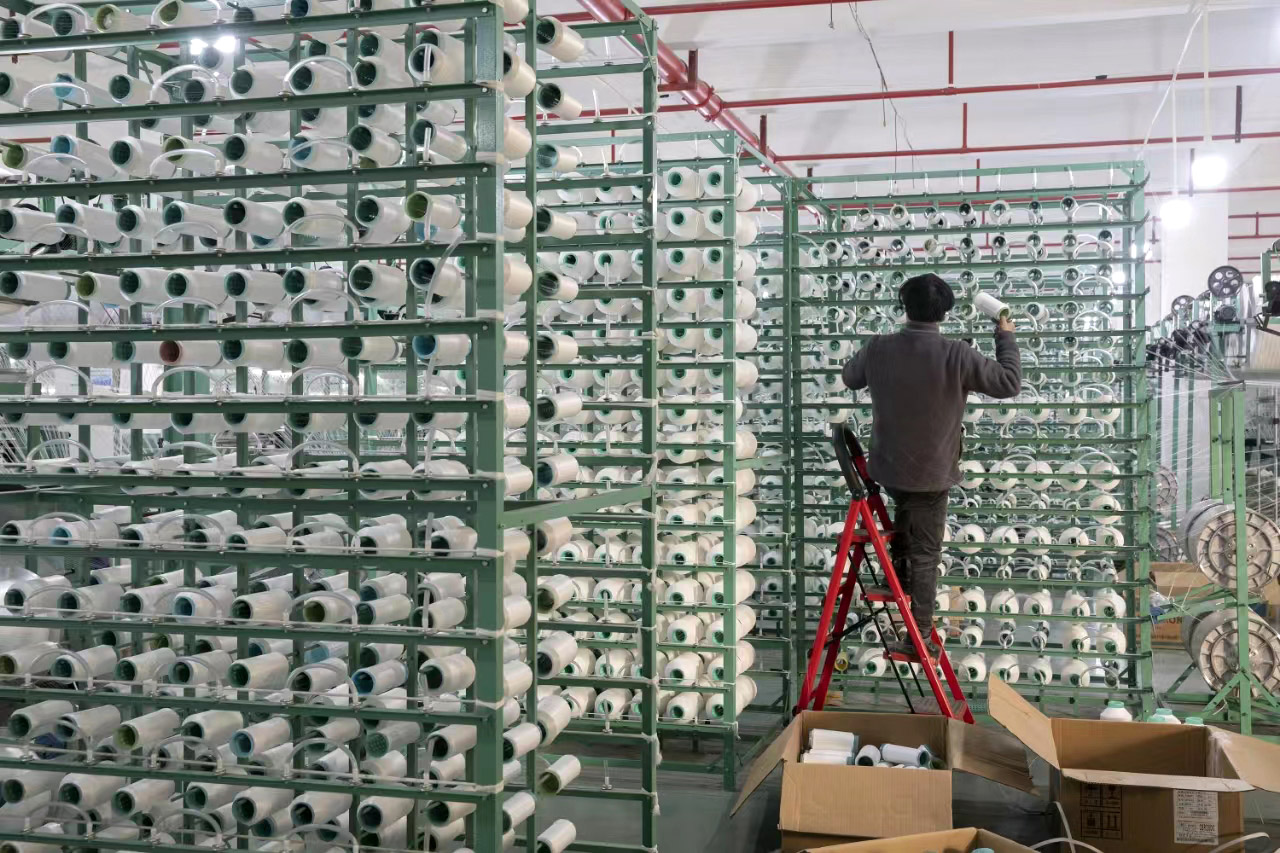
Editor's note: In a series of reports titled "Claims to Fame", China Daily looks at how some regions have earned wealth and recognition through specific products to advance economic development.
A White House press secretary's lace-trimmed red dress has unwittingly put the spotlight on a bustling small manufacturing hub in Zhejiang province, and deepened Washington's blushes in its unpopular tariff war.
On April 14, Zhang Zhisheng, Chinese consulate general in Denpasar, Indonesia, posted on social platform X about the dress Karoline Leavitt wore at a news briefing. "Criticizing 'Made in China' is work; enjoying 'Made in China' is life," he said, noting Leavitt's dress was made in China.
READ MORE: Tariff rollbacks, consumption could lift GDP
Zhang reshared a comment from a netizen who said, "the lace on the neckline and front placket was woven in Yutang in Mabu town".
Behind this seemingly modest piece of lace lies the story of the transformation and upgrading of a labor-intensive industry in a small village in Pingyang county, Wenzhou. Yutang village, located on the western edge of Mabu, lies in the southern part of Zhejiang, close to Fujian province, with the majority of residents speaking Southern Min dialect.
Though geographically remote, Mabu is China's largest lace production base, accounting for 70 percent of the domestic market, and around 30 percent of the global market.
"Mabu's main industries include plastic weaving, knitted lace and yarn," said Hu Mingzhe, director of the town's economic development office.
"The lace and yarn sectors make up about 70 percent of the town's industrial economy. More than 30 percent of the town's enterprises above a designated size are lace producers. Of the 44 companies with annual business revenue exceeding 20 million yuan ($2.77 million), 14 are in the lace industry, with a combined output value exceeding 3 billion yuan."
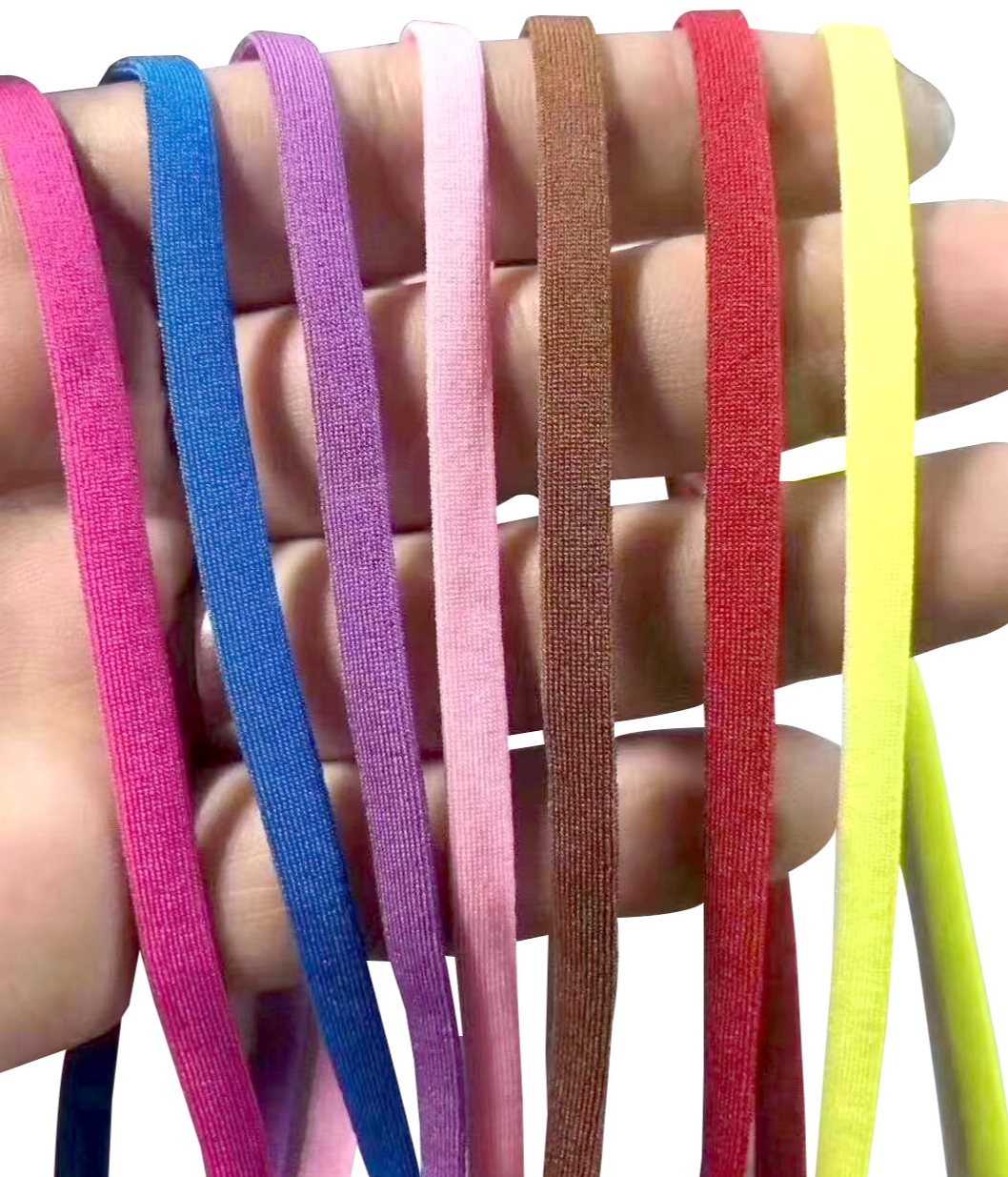
Spinning a yarn
The lace industry began in Yutang village and gradually expanded across Mabu town.
After China's reform and opening-up in 1978, several villagers who had worked elsewhere had discovered that lace production was a profitable business, said Huang Shenglin, Party secretary of Yutang.
They imported a few lace-making machines and started small home-based operations. Initially, the tight profit margins and limited product range failed to attract many villagers. But as the market grew and more lucrative lace styles became popular in places like Guangzhou, Guangdong province, and Wenzhou, profits surged. One lace-making machine could produce up to 1,000 yuan worth of lace per day — drawing many to the industry. Production rapidly increased, and lace manufacturing flourished throughout the village in the 1980s.
"At night, when the machines started clattering in our quiet countryside, the nearby villages were all curious. Once they heard it was profitable, they scrambled to find equipment and sales channels. That's how it all grew," Huang said.
By the 1990s, the household workshops in Yutang began using the lace machines to produce yarn as well, selling it in Pingyang's market and tapping into a new segment. Turning yarn into lace requires additional materials such as metallic threads, sequins and beads.
Today, over 90 percent of the income of Yutang's 300-plus households is tied to lace and yarn. At its peak, Mabu — with a population of 44,000 — hosted more than 7,000 lace workshops.
"We can make any lace design in our workshops — even the kind on the dress worn by the White House press secretary," said Huang. "You just take the sample to a machinery factory and tell them what kind of product you want to make. They'll design a machine capable of producing it."
Huang's family owns 70 to 80 lace-making machines, capable of producing tens of thousands of meters of lace in a single day. However, most machines sit idle — not due to a lack of capacity, but because of insufficient order volume.
Hu explained that lace is a labor-intensive industry. Most products are exported via foreign trade companies, primarily to India and Malaysia, with little direct exports to the United States.
"Lace has low added value, low markup and low profit," he said. "In the overall apparel manufacturing process, lace is like MSG — it's a decorative seasoning. It's not easy to export directly, and the volume of direct exports is small."
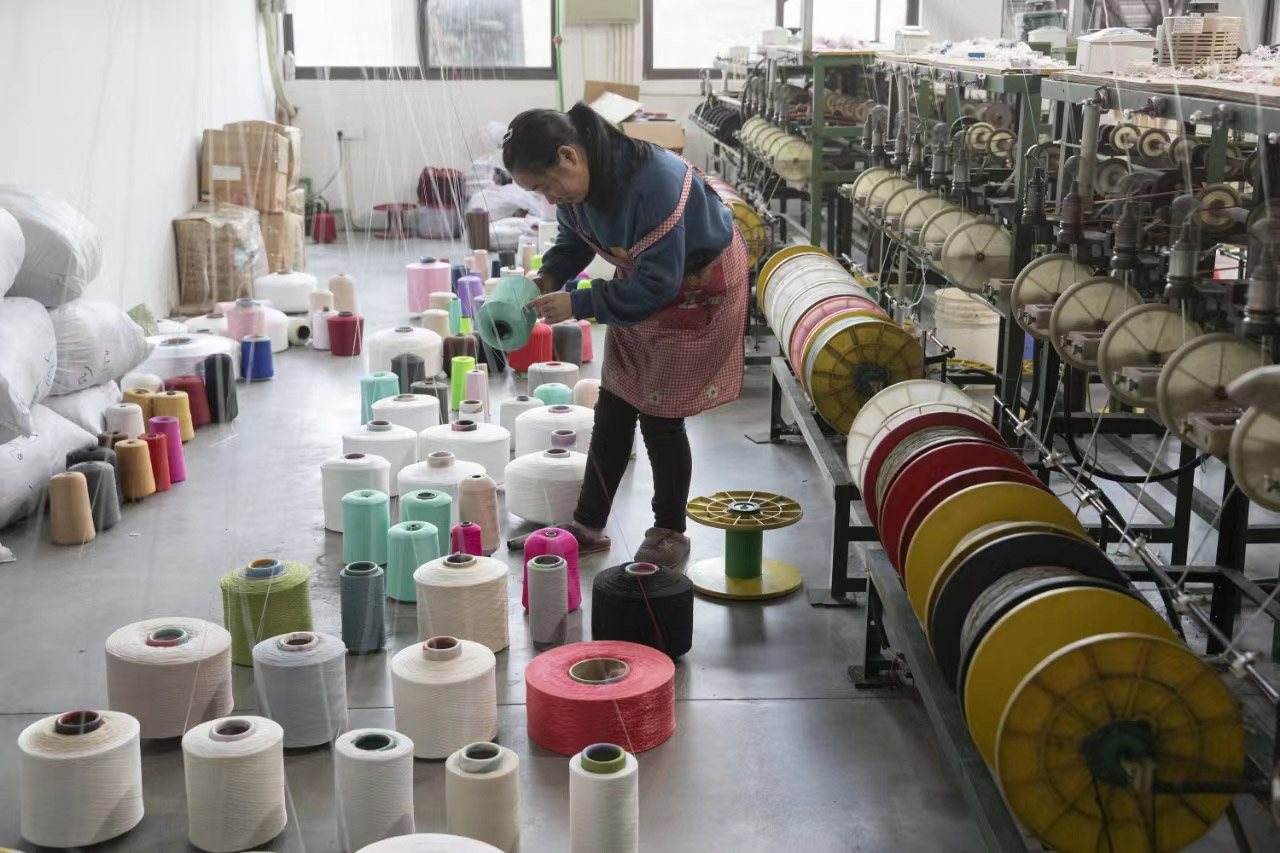
Despite the hurdles, how does a piece of lace produced in Mabu make its way to the United States?
"After production, our lace is sold in wholesale fabric markets in Guangzhou and Yiwu, or through e-commerce platforms," said Chen Zhiren, the general manager of Wenzhou Huaweimei Lace & Ribbon Co, the town's largest lace enterprise.
"Domestic garment factories then purchase these materials based on orders from global brands, sew them onto garments, and export under license to markets like the US."
About 80 percent of lace in Yiwu's small commodity market in Zhejiang and Guangzhou's Zhongda Fabric Market originates from Mabu town.
"Half of our products are sold domestically, and the other half are exported — primarily to South America, where we account for 20 to 30 percent of the market," said Chen.
"Most exports are handled through trade firms, though we also do some direct exporting. For South America alone, we export 7 million to 8 million yuan worth each year, about 30 to 40 percent of our total output."
Founded in 2006, Huaweimei began in three residential units with a dozen machines and quickly reached 5 million yuan in output value in its first year — enough to be considered a sizable enterprise at the time. Today, it operates more than 200 lace machines and 700 to 800 yarn machines, producing over 100 million yuan in combined annual value at a 30,000-square-meter facility.
The showroom at Huaweimei displays over 800 types of lace, including a red dress trimmed with black lace, similar to the one worn by Leavitt. The lace wholesales for 13 yuan per meter, and the amount used in the dress Leavitt wore costs only a few yuan — but even that is considered "expensive" by industry standards.
"Our raw materials — nylon, spandex, polypropylene, polyester and rayon — are all sourced externally. Our regular lace sells from a few cents to a few yuan per meter, with the highest around 3 to 4 yuan," Chen said.
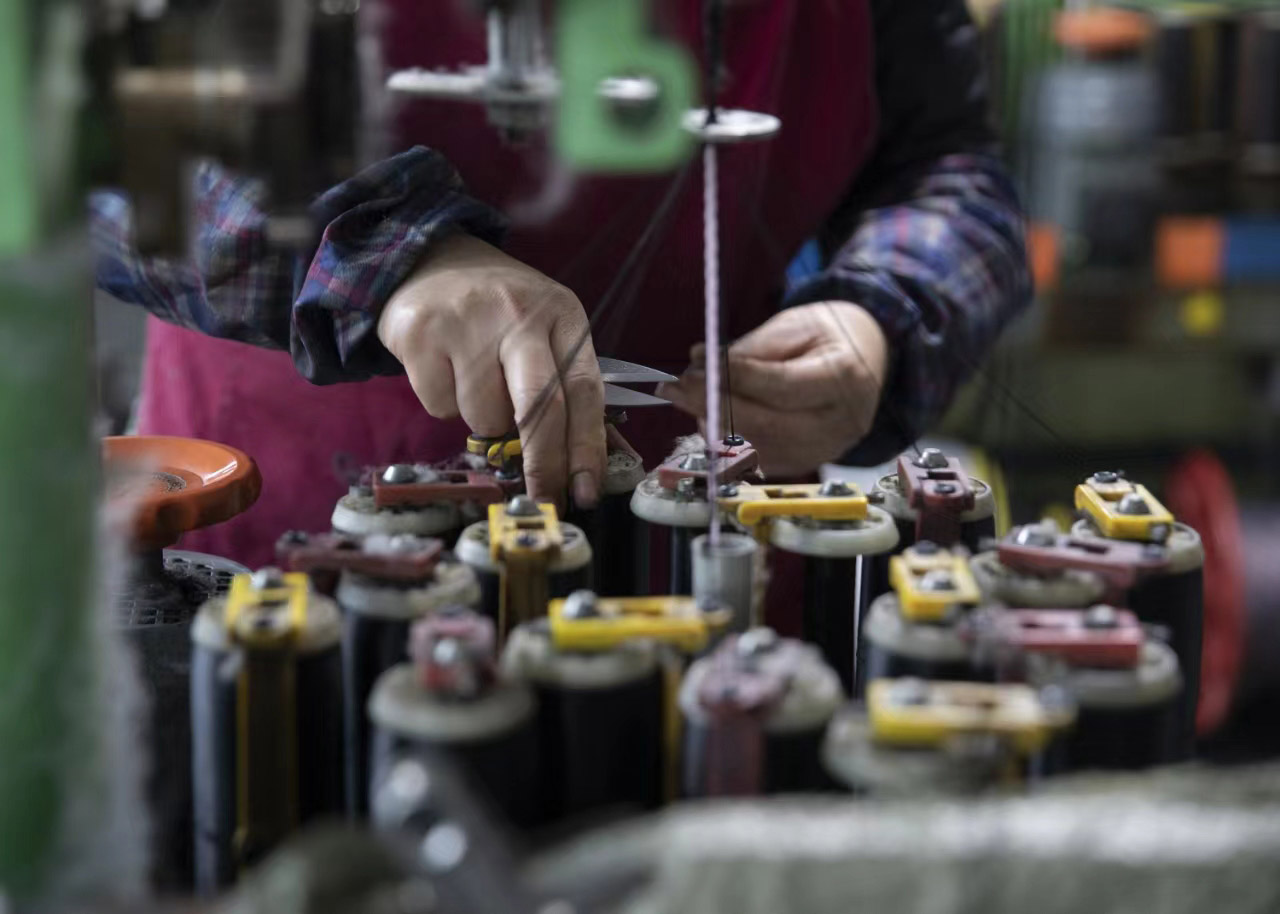
Adapting to survive
Due to the uncertainty caused by the US tariffs and a cooling domestic garment market, low-margin operations are increasingly difficult to sustain.
Hu noted that some local companies are shifting to pet products like leashes and harnesses, since lace machines can be modified to produce other items.
"Nearby Shutou town is known for its leather goods. We send raw materials there to make elastic straps, bring them back to Mabu for processing, and export them as pet accessories."
This isn't the first time lace-making machines have been repurposed. Chen recalled that during the COVID-19 outbreak in 2020, local companies adapted their machines to produce ear loops for masks — up to 500 metric tons a day, enough for 1 billion masks. Many companies joined the effort, and even today, buyers still source ear loops from Mabu.
Given market volatility and seasonality, some orders placed with Yutang manufacturers are small — only 500 meters, making profitability difficult. "We rely on having many machines, many styles, and serving the national market. No matter the order size, we take it to keep the industry running," Huang said.
Many lace traders in Guangzhou are Wenzhou natives. One unnamed entrepreneur from Yutang set up a factory in Guangzhou and helped others from the village sell their products there.
The key to selling lace in Guangzhou, Huang said, is speed: "Lace is a semi-finished product used in fashion sampling. We stock our designs in Guangzhou so when clients need something, it's ready to go. Orders placed today can ship tomorrow."
Wenzhou Senzhong Knitting Co is an example of this business philosophy. Over 20 years ago, it moved one of its factories from Wenzhou to Guangzhou. Only recently have those operations returned home to a new factory.
"Now we have counters in Guangzhou, Yiwu, Shaoxing, and Hangzhou, shipping products from the factory to those counters for export," said Lin Aimin, manager of its Guoxing Lace factory.
The Mabu factory has five floors and 200 lace-making machines, though only a few operate currently due to the off-season. Lin said business is quieter this year, and demand usually rises again after July when production of winter lines begins.
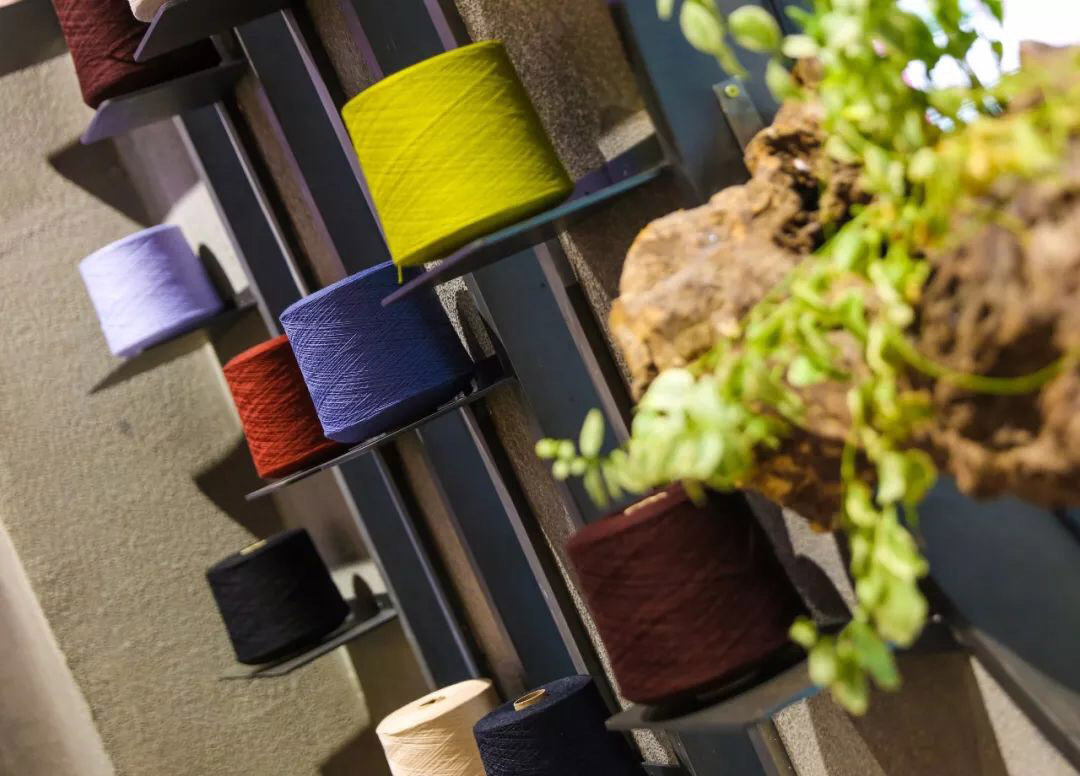
Quality counts
To weather the current market slowdown, Lin said the company must focus on quality. "If our products are good enough, we won't be eliminated. We're constantly improving based on market needs," Lin said.
Huaweimei has the same mindset, and multiple awards for technological innovation are on display in Chen's office. "Design innovation is our specialty," he said.
The company has created nearly 2,000 lace patterns, some patented, and built a digital archive of all samples over the past 20 years. "We keep evolving our patterns and materials. Our pattern designs aren't just generated by software — they're rooted in the craft and creativity of our town's master artisans," he said.
Photos of Chen with international buyers hang in the showroom. Mabu's lace has earned global recognition, and some foreign clients come directly to the town's factories.
One Brazilian customer has partnered with Huaweimei for two decades, across two generations. "This young man is the son of our longtime Brazilian partner who has now retired," Chen said proudly, pointing to their photo together.
Many foreign buyers praise the variety of patterns Huaweimei offers. The company fulfills the full supply chain from raw materials, to production, to sales. "If others want to replicate our lace production, it would take at least a decade to match our infrastructure," he said.
Chen served as president of the Pingyang Knitted Lace Industry Association for 11 years and is now its honorary president. "Even though we hold patents, we allow others to produce them. Lace is a livelihood industry," said Chen.
Many lace products require hand-assembled parts, and Chen's factory often outsources this work to local residents. Components are gathered from other villages, assembled, and turned into final products.
In August 2024, Pingyang county launched a plan to integrate and upgrade the lace industry, offering policy support for consolidation and development. This includes priority resource allocation, project subsidies, and rent discounts.
ALSO READ: Textiles and garments go custom, personalized
For example, companies with annual output of 20 million to 100 million yuan receive a 0.9 percent sales rebate; those with 100 million to 500 million yuan get 0.95 percent; and firms over 500 million yuan receive 1 percent. Equipment upgrades are also subsidized by up to 5 million yuan.
Previously, household lace workshops were not taxed due to low profits, said Chen Jing, the president of the local lace association, and larger companies provided materials for villagers to process at home.
Now, government-funded incubators with factory spaces and equipment let villagers work on-site and earn monthly salaries ranging between 6,000 and 10,000 yuan.
"Before, villagers had to buy their own equipment and worry about power and safety at home," Chen Jing said. "Now they just come in to work. The new machines are enclosed, and workers wear aprons and hats. Regular patrols ensure safety."
About 21 companies have transitioned from individual operations to join the incubator project over the past three to four years. The project, funded by Mabu's government, offers a "lease-then-own" model that is rent-free for three years if performance targets are met. After this initial period companies can purchase space at assessed market value.
Since 2024, Mabu has focused on upgrading its traditional industries, attracting quality projects, and pursuing clustered, digital, green, and high-quality development.
Contact the writer at chenye@chinadaily.com.cn


